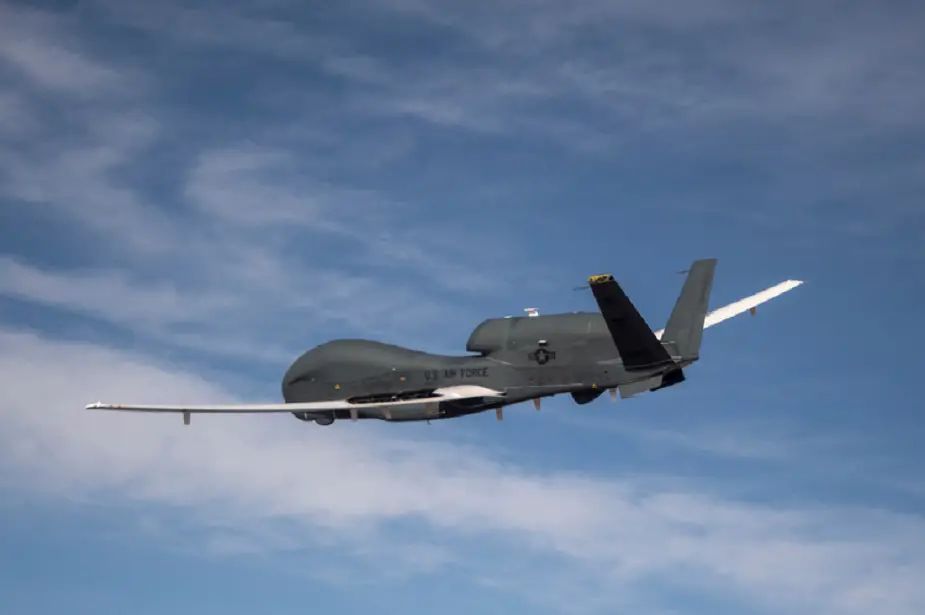The U.S. Air Force recently awarded Northrop Grumman Corporation a $3.6 billion indefinite-delivery/indefinite-quantity (ID/IQ) contract for continued Battlefield Airborne Communications Node (BACN) operations, sustainment and support.
Follow Air Recognition on Google News at this link
 The Battlefield Airborne Communications Node (BACN) system is hosted on high-altitude aircraft to provide persistent connectivity and operational support 24 hours a day, seven days a week as part of the BACN program (Picture source: Northrop Grumman)
The Battlefield Airborne Communications Node (BACN) system is hosted on high-altitude aircraft to provide persistent connectivity and operational support 24 hours a day, seven days a week as part of the BACN program (Picture source: Northrop Grumman)
This contract provides for research, development, test, and evaluation, integration and operations and sustainment for existing and future payloads contained in or connected to the BACN system. It also includes associated ground stations or controls, ancillary equipment, support equipment and system integration laboratories.
Work will be performed in San Diego, California, and overseas locations through Jan. 24, 2026, and $23.7 million was obligated with the initial task order at the time of award.
Northrop Grumman’s BACN system is a high-altitude, airborne communications gateway that translates and distributes imagery, voice and tactical data from disparate elements—enhancing situational awareness communications and coordination for joint warfighters operating across space, air, land and sea.
BACN is a communications relay and gateway system that provides military commanders with a versatile means of exchanging information from multiple air, ground, and maritime sources, to include host nation, joint, and coalition forces. It facilitates the transport of both voice and data across the battlespace enabling network connectivity among weapon systems, sensors, warfighters, decision makers, platforms, and command centers at all echelons of command and control (C2). BACN reduces line-of-sight issues, provides greater range for communication links, and provides commanders with versatile and flexible communications support across the range of military operations as well as a reliable means of communications between edge users across different waveforms and data formats.
















